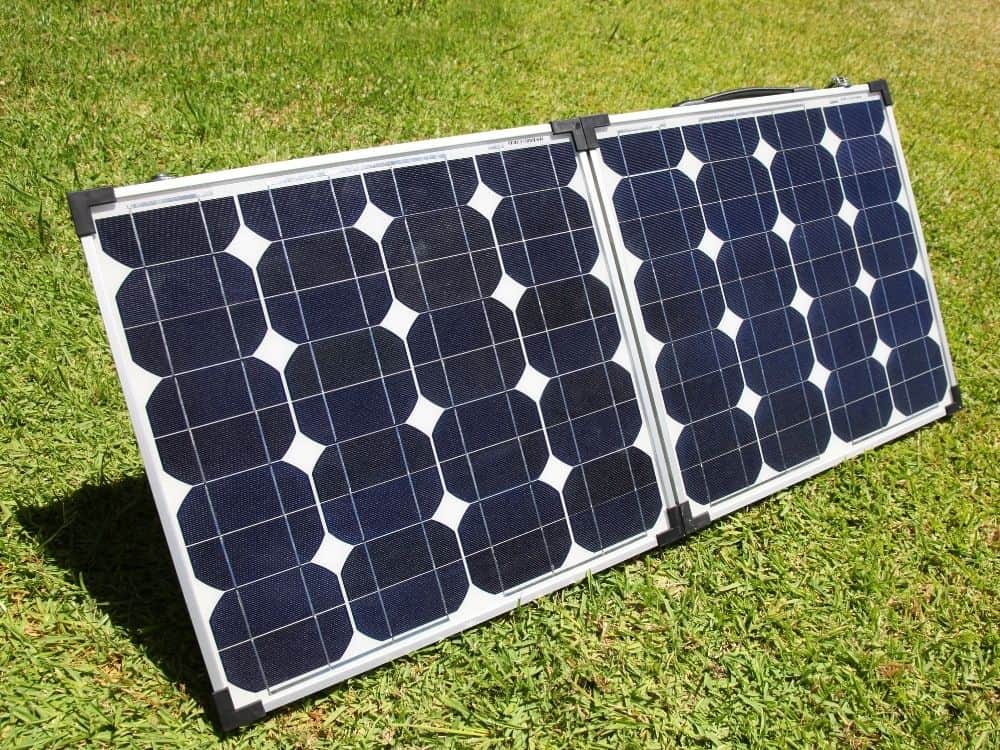Solar panels are an increasingly popular way to generate renewable energy for homes and businesses. But to properly utilize solar panels, it’s important to understand some key specifications like power output, voltage, and amperage. In this article, we’ll take a closer look at the electrical output of a common 200 watt solar panel configuration.
What is a Watt?
A watt is a unit of power that measures the rate of energy conversion or transfer. In the context of solar panels, the watt rating indicates the maximum potential power that the solar panel can produce in full, direct sunlight. A 200 watt solar panel can deliver up to 200 watts of power at a time to a connected device or system.
Power vs. Energy
It’s important to distinguish between power and energy when discussing solar panels. Power is an instantaneous measurement of energy transfer, while energy is power accumulated over time. A 200 watt solar panel produces 200 watts of power at its peak capacity. Over the course of one hour, that same solar panel would produce 200 watt-hours of energy if conditions are ideal.
Most Common Voltage Levels
The voltage of a solar panel determines the electrical force that allows current to flow through a circuit. Residential grid-tied solar panel systems typically operate at 12, 24, or 48 volts. This keeps the voltage at levels that are safe for home use while also optimizing the solar panel system for maximum power transfer.

For a 200 watt solar panel, some of the most common voltage ratings are:
- 12 volts
- 24 volts
- 36 volts
- 48 volts
The 12 volt and 24 volt ratings are the most common for small-scale home solar applications. 36-48 volt solar panels may be used in larger off-grid solar arrays.
Calculating Amperage from Watts and Volts
Using Ohm’s Law for power calculations, we can determine the amperage yield for a 200 watt solar panel based on the voltage rating:
Power (Watts) = Voltage (Volts) x Current (Amps)
So for a 200 watt, 12 volt solar panel:
200 watts = 12 volts x Amps Amps = 200 watts / 12 volts Amps = 16.67 amps
And for a 200 watt, 24 volt solar panel:
200 watts = 24 volts x Amps
Amps = 200 watts / 24 volts Amps = 8.33 amps
As shown, the current or amps fluctuates in relation to the solar panel voltage – lower voltage means higher amperage, while higher voltage means lower amperage. But the wattage remains the same.
Why Amperage Varies
The amperage defines the volume of electrons flowing through a circuit and the amount of current that can be delivered to a device or battery. So why does the amperage vary when watts remains fixed at 200 watts?
It has to do with resistance in the circuit. Voltage and current have an inverse proportional relationship, as defined in Ohm’s Law. Higher resistance allows less current flow, while lower resistance allows more current flow at the same wattage.
By adjusting the voltage, it compensates for resistance losses and allows the solar panel to deliver a steady rate of power transfer (200 watts in this case).
Maximum Power Point of Solar Panel
Solar panels have a maximum power point (MPP) which defines the peak optimal operating conditions, taking into account solar irradiation, temperature, voltage, amperage and other factors.
Most solar panels can only achieve their full rated wattage output when operating at their maximum power point. So a 200 watt solar panel configured correctly can yield 200 watts, but subtle changes will result in lower yields.
That’s why MPPT charge controllers are often used – they continuously adjust the electrical load characteristics to keep solar panels tuned to the maximum power point despite changing environmental conditions.
Comparing Different 200 Watt Panels
While the wattage of commercially available solar panels might be marketed as the same, that doesn’t necessarily mean the electrical output specs are equal. Two 200 watt panels from different manufacturers can have varying voltage and amperage ratings.
For example:
- Panel A: 200W, 36V, 5.55A
- Panel B: 200W, 12V, 16.67A
Despite having the same wattage, Panel A has much higher voltage but lower amperage compared to Panel B. So the electrical configuration can vary considerably between same rated solar panels. Carefully matching solar panels to other electrical system components is key for maximum performance.
Factors That Reduce Output
A solar panel’s output can fluctuate well below its rated wattage depending on various environmental and technical factors:
Solar Irradiance Levels
The intensity and angle of sunlight impacts energy absorption and power generation. Solar irradiation can vary widely throughout days and seasons.
Ambient Temperature
Solar panels become less efficient as temperatures increase. Power declines noticeably when operating temperatures rise above 77°F / 25°C.
Inverter Efficiency
Inverters used to convert solar DC to AC power have efficiency ratings of 95-97%. This conversion loss lowers useable wattage.
Charge Controller Losses
Charge controllers regulate solar voltage and amperage, but have some internal power losses. Efficiency is typically 85-98%.
Battery State of Charge
Batteries near full charge absorb less current and provide greater resistance, forcing solar wattage down.
Panel Mismatch
Mismatch losses happen when solar panels are wired together with uneven current or voltage. Mismatched panels see substantial power losses.
Dirty Panels
Dust, bird droppings, snow, and debris block sunlight from panels, reducing power generation significantly over time.
Old Age
Solar panels lose some energy conversion efficiency over operational lifetimes of 25+ years. Power may decrease up to 30% from initial ratings.

Eng. Matthew Joseph Nandirio is the Founder of walkingsolar.
After graduating from the University of Houston in 2002, matt started working as a Solar Electrical Engineer for several multi-national solar energy companies.
He has a wide range of experiences including solar system requirement analysis, planning, maintaining, debugging and even solar device development through research.
He now shares his 20 years of expertise through his articles on the walkingsolar website.
Further, he is also the author of two books on Solar Technology, “Solar Power for Villages” and “DIY Solar System for Dummies”.
